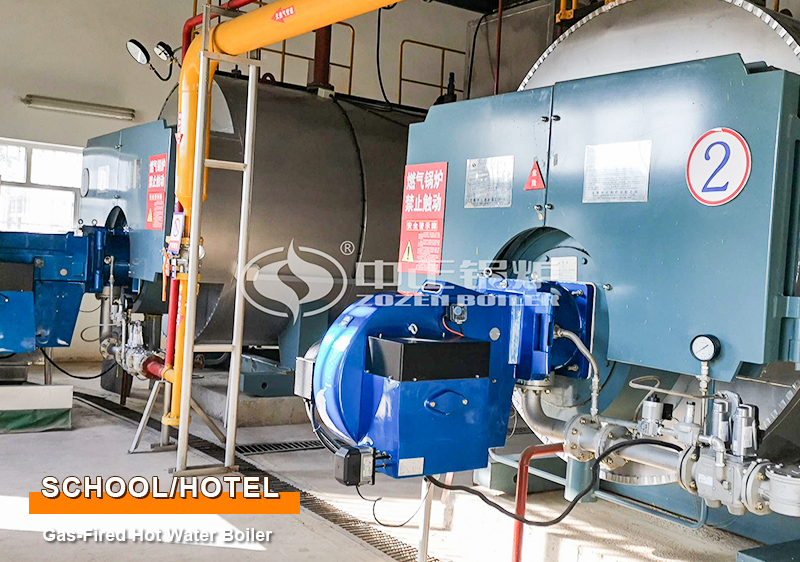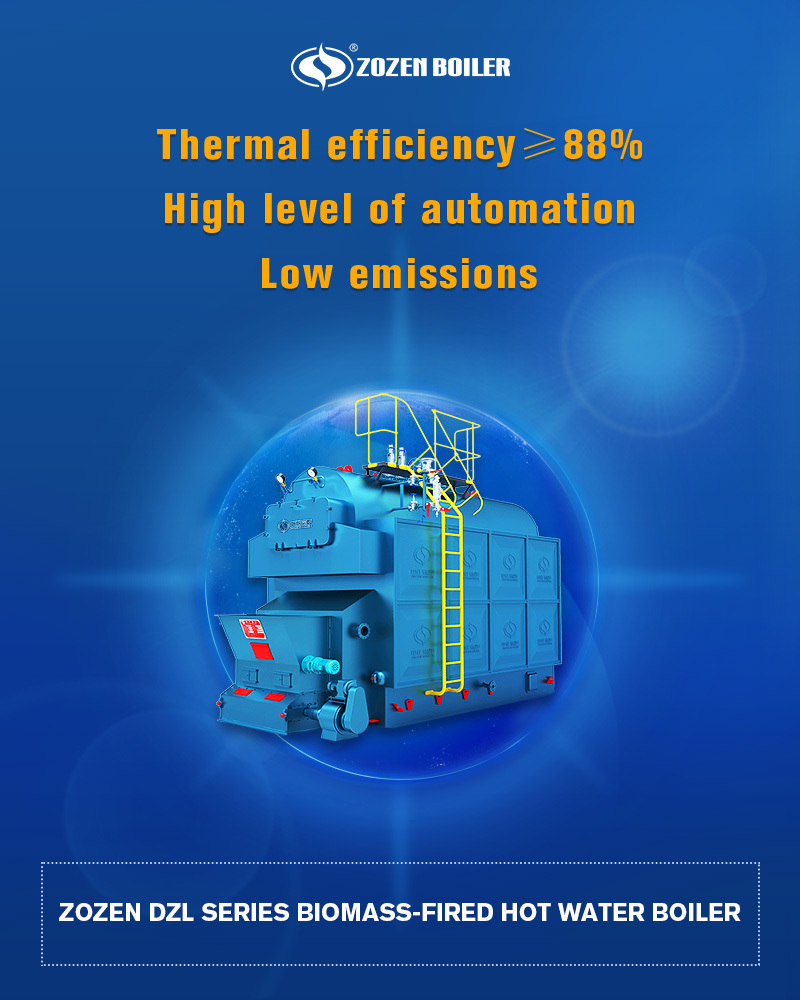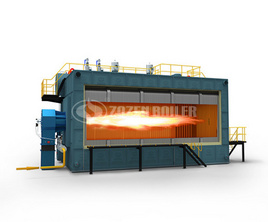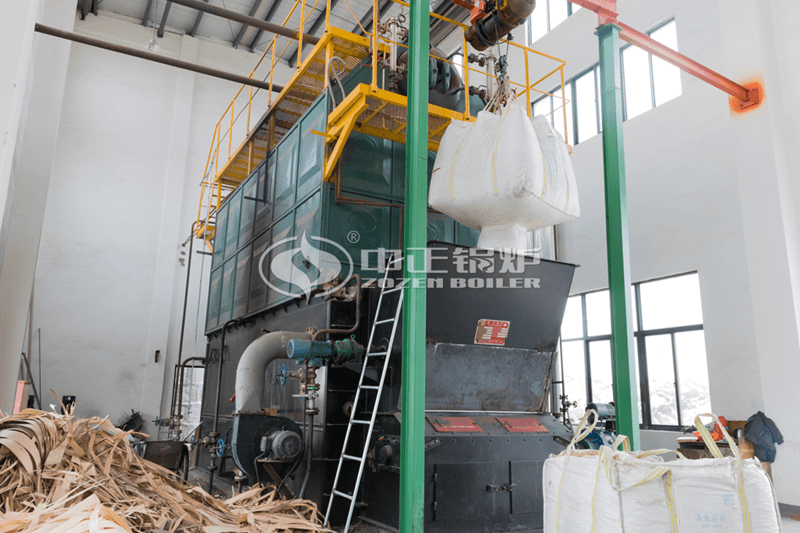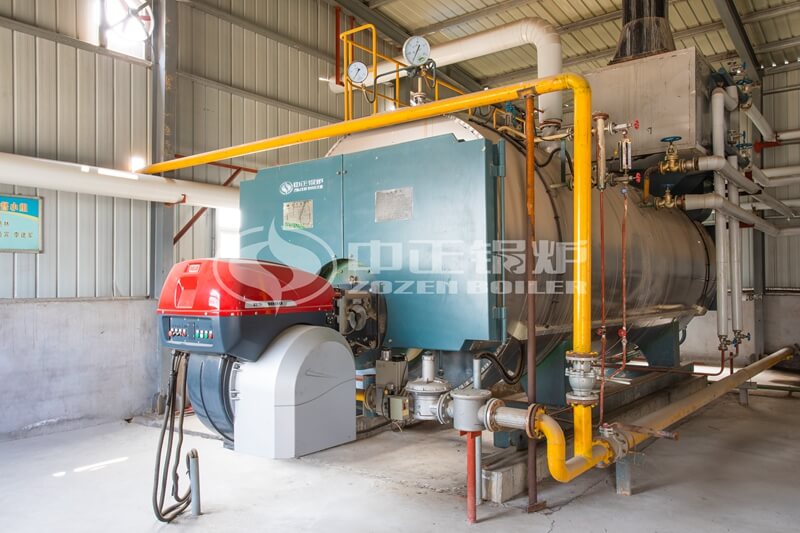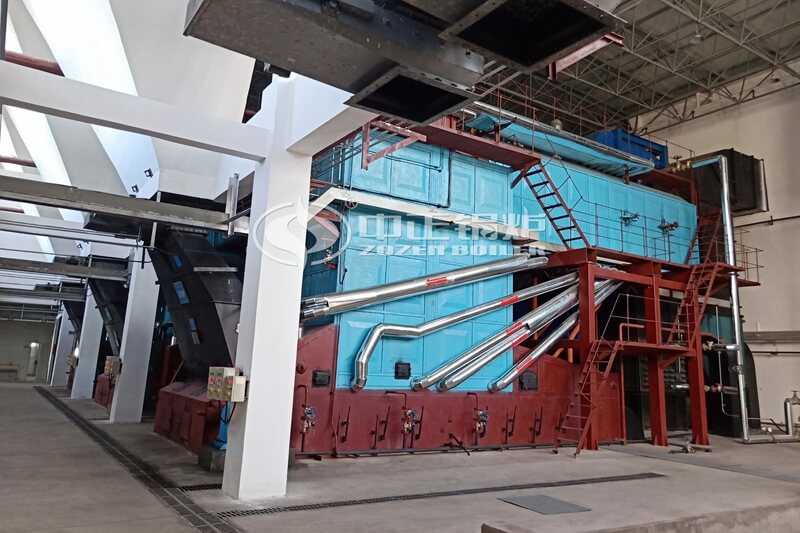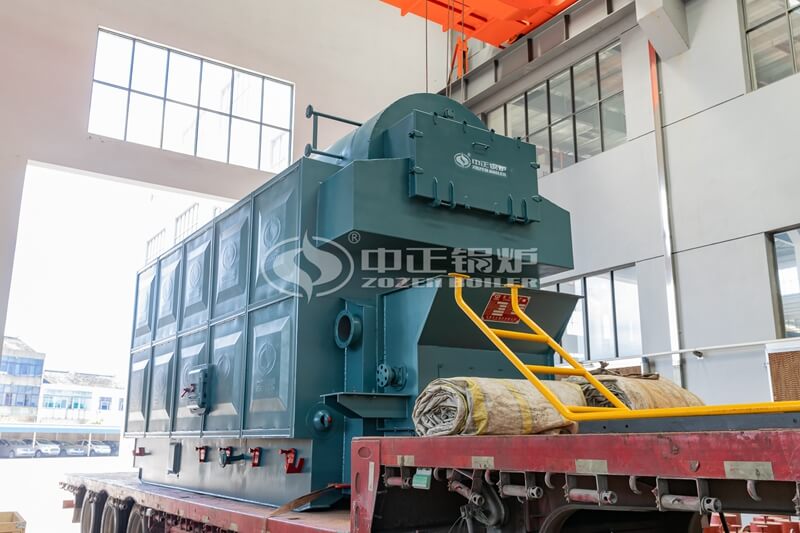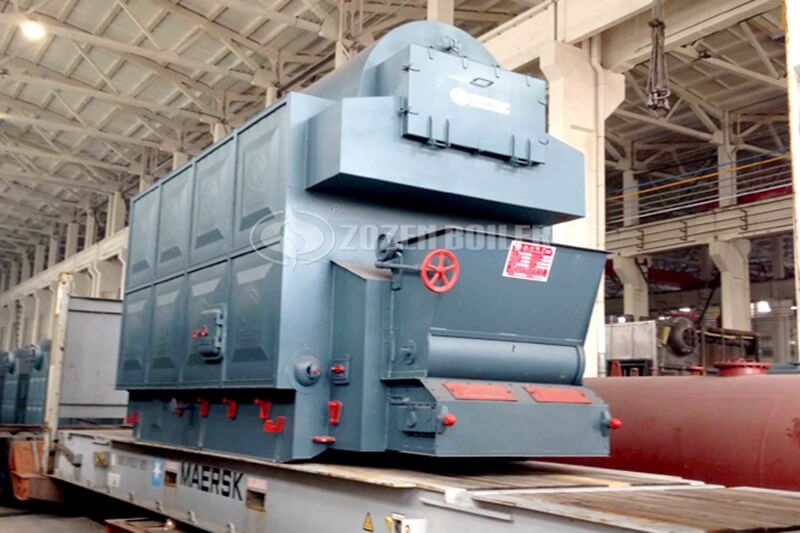The hot water or steam generated in the hot water boiler can directly provide the thermal energy required for industrial production and people’s life, or can be converted into mechanical energy by a steam power unit or converted into electric energy by a generator.
The following two methods can increase the steam temperature of a hot water boiler:
1. Steam temperature adjustment from the steam side. Change the heat absorption on the steam side to maintain the rated outlet temperature. At present, the boiler is mainly regulated by a water spray type desuperheater.
The adjustment method is relatively simple, and the corresponding superheating water regulating valve is appropriately opened or closed according to the temperature of the superheater, and the amount of superheated water entering the superheater is changed. When the temperature rises, a large regulator valve should be opened to increase the amount of superheated cooling water. Otherwise, the small regulator should be turned off until it is turned off.
2. Temperature adjustment from the flue gas side. It regulates the change in temperature by adjusting the amount of flue gas flowing into the superheater (ie, the flow of flue gas and the temperature of the flue gas) to adjust the heat absorption rate of the superheater. Changes in boiler load and combustion conditions can affect the temperature of the flue gas.

Boiler load regulation is relatively simple and there are many factors that influence combustion regulation. For example, changes in excess air, moisture, ash, volatiles, etc. in the fuel, changes in boiler feed water and supply air temperature make combustion regulation more complicated.
The method of adjusting the steam temperature from the flue gas side can only be used as an auxiliary adjustment device and can only be used if the desuperheater adjustment is not possible.
Hot water boilers are mainly used for living, and there are also a small number of applications in industrial production. Steam generators are called steam boilers, commonly referred to as boilers, for thermal power plants, ships, locomotives, and industrial and mining companies.

Describes the reason why the main steam temperature of the boiler is low.
1, superheater scaling
2, improper combustion adjustment, such as 1; 2 times the wind speed ratio, on-site damper adjustment, gas, pulverized coal furnace called the middle adjustment of the flame.
3, the rear flue superheater is severely ashed
4, low load operation leads to
5, design reasons
6, add steam



